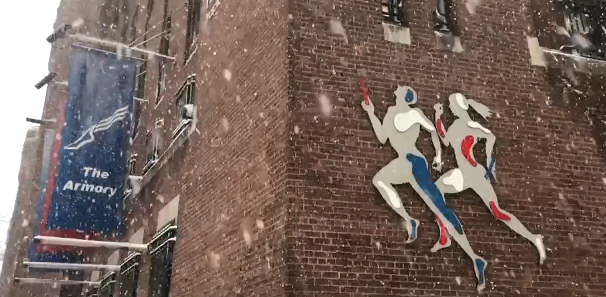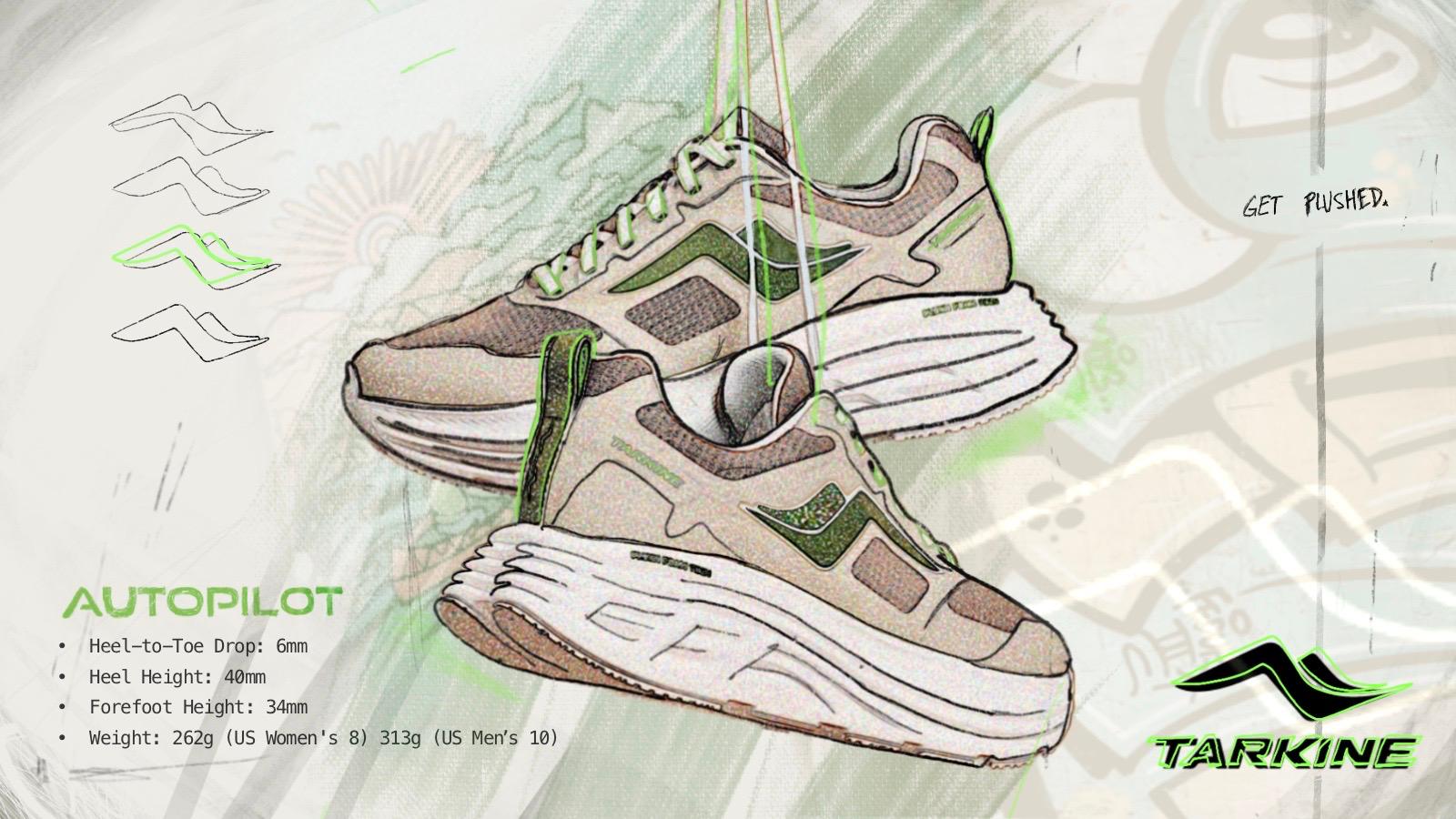Negative temperatures outside the window should not deter anyone! Winter is as good a time of year for sports as any other.
For someone, winter – it means spending time at home, watching movies or playing the best UK casino online. And for someone, winter is not an obstacle to training. There are many reasons for running outside in winter. Let’s start with the fact that cold air contains little moisture, which is the main cause of dehydration and heat exhaustion in summer. It can also be a very refreshing change after a boring indoor workout. All right, but what about the famous lung damage? The truth is, it’s a common myth. Let’s be clear: there’s no way for your lungs to freeze, even in the coldest weather.
There is an added benefit to training in cold temperatures: in March, when temperatures slowly begin to rise, it is easy to see that the lungs work more efficiently thanks to months of adapting to the cold, dry air. Icy roads and snow drifts aren’t easy on your legs, so if you don’t train in warm climates year-round, be mindful of how to adapt your routine to the climate so you don’t negate your spring racing plans.
Winter training tips
Whether you take off at 6 a.m. or prefer to go for a workout in the evening after work, it’s important to incorporate movement into your routine before you run. A dynamic warm-up with stretching is one of the most effective ways to prevent injury and gets your body into training mode. A properly performed warm-up also allows for a smoother transition into the cold.
Even with a regular warm-up, it’s important to remember that winter running will still put extra stress on your body – especially when it comes to stride and pace. Changing surfaces and slippery conditions can prompt runners to alter their stride to gain more balance and catch a better grip. Because of the precarious, often icy surface, runners tend to shorten their stride to prevent falling. This can lead to more soreness after running, as other muscle groups are activated.
Fortunately, strengthening the stabilizers (hip flexors and gluteal muscles) requires only a few days of preparation.
Dressing for winter
The rules are simple. Wear three layers on top of each other. This strategy will help you stay dry and retain heat by wicking moisture away from your skin. Such insulation will protect you from wind and snow or rain.
– The inner layer should wick away sweat and adhere to the skin. Here it is worth choosing synthetics or silk. This layer should keep you dry and not make your skin feel scratchy. Avoid cotton, as it retains moisture and you will quickly get chilly. A long-sleeved thermal T-shirt would be a good choice.
– The middle layer is designed to keep you warm. Choose a fabric that will keep your body warm without retaining moisture, such as a fleece jacket or vest. Don’t be afraid to experiment. Once you gain experience, it will be easier for you to choose the thickness of each layer according to the temperatures in the region.
– The outer layer should provide protection from wind and moisture. It should also be easy to unzip or remove (and reflective!) if you get too warm. A lightweight windbreaker is a good choice – you can always take it off and tie it around your waist.
Where to run, or combining pleasant with useful
When we talked to our friends, we found that many of them combine the pleasant with the useful. Since they have to go out in the cold weather to complete their training plan, they often look into different places to run errands that don’t require too much time.
Is shopping along the way a good idea? Both yes and no. It all depends on whether you are ready to cover the last kilometers with a backpack filled with products. In such a case, popping out to a newsstand or newsstand to pick up a newspaper works better – at least you won’t feel the extra pounds and you’ll do your training as planned. It all depends on your imagination!
Running in winter – summary
Finally, it is worth adding about one of the most important things on which both your comfort and health depend. Running shoes for summer are different from winter running shoes. Remember that from November to about March the road parameters change. Snowdrifts, snow, ice, puddles – these are standard at this time of year.
What conditions must be met by winter running shoes? Most often they have a breathable GORE-TEX membrane. This makes them waterproof and wicks away moisture well. Another point is the sole. Due to the different conditions, a winter running shoe should have a thicker tread and a harder sole. Let’s also pay attention to whether the upper holds the foot well, which will prevent possible ankle sprains. It remains for us to wish you good luck on the winter trail!


























